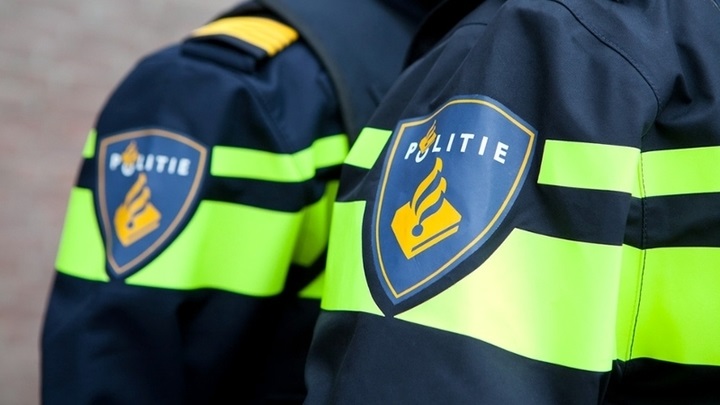Over the past decade there has been growing recognition in Europe of the need to ensure that irregular migrants who are victims of crime receive equal access to justice and basic rights. Perhaps the most prominent example is the 2012 EU Victims’ Directive, which sets out to ensure that all victims of crime are treated equally, without discrimination on account of their nationality or residence status (Article 1). However, one of the key obstacles that often prevents the effective realization of these rights is that irregular migrants who are victims of crime are often hesitant or unwilling to report to the police out of fear of arrest or deportation.
Firewall Protections and the Dutch ‘Free in, Free Out Policy’
To overcome this challenge, some localities have developed what is known as ‘firewall protection’, which refers to policies that form a clear separation between the provision of an essential public service and immigration enforcement.
While such policies have had a longstanding history in the United States as part of the sanctuary city movement, in Europe they have received relatively little attention. However, one notable exception is the policy developed in the Netherlands known as ‘free in, free out’. This policy allows irregular migrants who have been a victim or witness of crime to enter into a police station to report the crime, and be guaranteed to freely leave without being arrested or detained on account of their irregular status. The policy began as a local pilot project in the city of Amsterdam and was introduced nationally in 2015 alongside the implementation of the Victims’ Directive. It currently represents the only known national-level example of official ‘firewall protection’ for victims of crime in Europe.
As part of a recent COMPAS knowledge-exchange project, we conducted a socio-legal study—which included interviews with government, law enforcement, and civil society—exploring the nature and outcomes of this policy. Our findings were recently published in the European Journal of Migration and Law in a new article co-authored with Arjen Leerkes, Richard Staring, and Nicola Delvino.[i] The article provides a critical assessment of the ‘free in, free out’ policy, while also identifying the unique features of the Dutch system that make it distinct from other countries and potentially offer some valuable lessons for other European countries.
Ongoing challenges and limitations of the policy
Our article identifies a number of important challenges and limitations, of which I will briefly highlight a few. First, while the policy prevents irregular migrants from being subject to immigration enforcement measures, it does not explicitly forbid regular police officers from contacting the immigration police. In practice, it was shown that police officers may still contact immigration authorities to obtain information and advice on how to proceed. The ‘free in, free out’ policy therefore does not reflect a ‘complete’ firewall, except in a strictly ‘do not enforce’-sense. Information may still be exchanged between regular public servants and immigration enforcement.
Relatedly, the most important challenge of the ‘free in, free out’ policy is the ongoing inconsistency in implementation at the local level. While there has been some improvement in ensuring safe reporting to police, informants from various NGOs indicated that irregular migrants are still routinely met with suspicion, scepticism or outright hostility. As such, there still remains a considerable lack of trust of police.
An important first step
Despite the ongoing challenges we identified in our study, the policy was recognized by all stakeholders interviewed in the study as an essential tool for the protection of victims of crime, an important public safety measure, and one of the only European policies that sets out a formal separation between police and immigration enforcement that is applicable to all victims of crime.
The past year has seen a number of important developments in the area of safe reporting for irregular migrants in Europe. In June, the European Commission presented its new EU Victims’ Rights Strategy 2020-2025. Following consultations with the researchers who were part of COMPAS project, the Strategy recognizes the need to ensure safe reporting for irregular migrants. Perhaps more crucially, however, the Commission for the first time promises that it will “promote exchange of good practices among the Member States aimed at disconnecting reporting of crime from the return procedure”.
The ‘free in, free out’ policy undoubtedly serves as one such best practice in the area of safe reporting, and one that deserves greater attention among policy-makers, researchers, and legal scholars. We hope that this published article will help to draw more interest to the importance of developing meaningful and robust firewall protections for irregular migrants in Europe. As the article demonstrates, the Dutch ‘free in, free out’ policy undoubtedly marks an important first step, but there is still much work to be done.
A more detailed account of the nature and outcomes of the ‘free in, free out’ policy, as well as a number of important questions and recommendations for future research, are identified in the full published article, entitled ‘Free In, Free Out’: Exploring Dutch Firewall Protections for Irregular Migrant Victims of Crime, available at https://brill.com/view/journals/emil/22/3/article-p427_5.xml
[i] This article was revised from a report initially prepared for COMPAS and the Global Exchange on Migration and Diversity as part of a research and knowledge-exchange project exploring law, policy and practice on the safe reporting of crime by irregular migrants in the US and four European countries. For the original report, see Timmerman, R., Leerkes, A. & Staring, R. (2019) Safe Reporting of Crime for Victims and Witnesses with Irregular Migration Status in the Netherlands, Centre for Migration, Policy and Society, University of Oxford.
